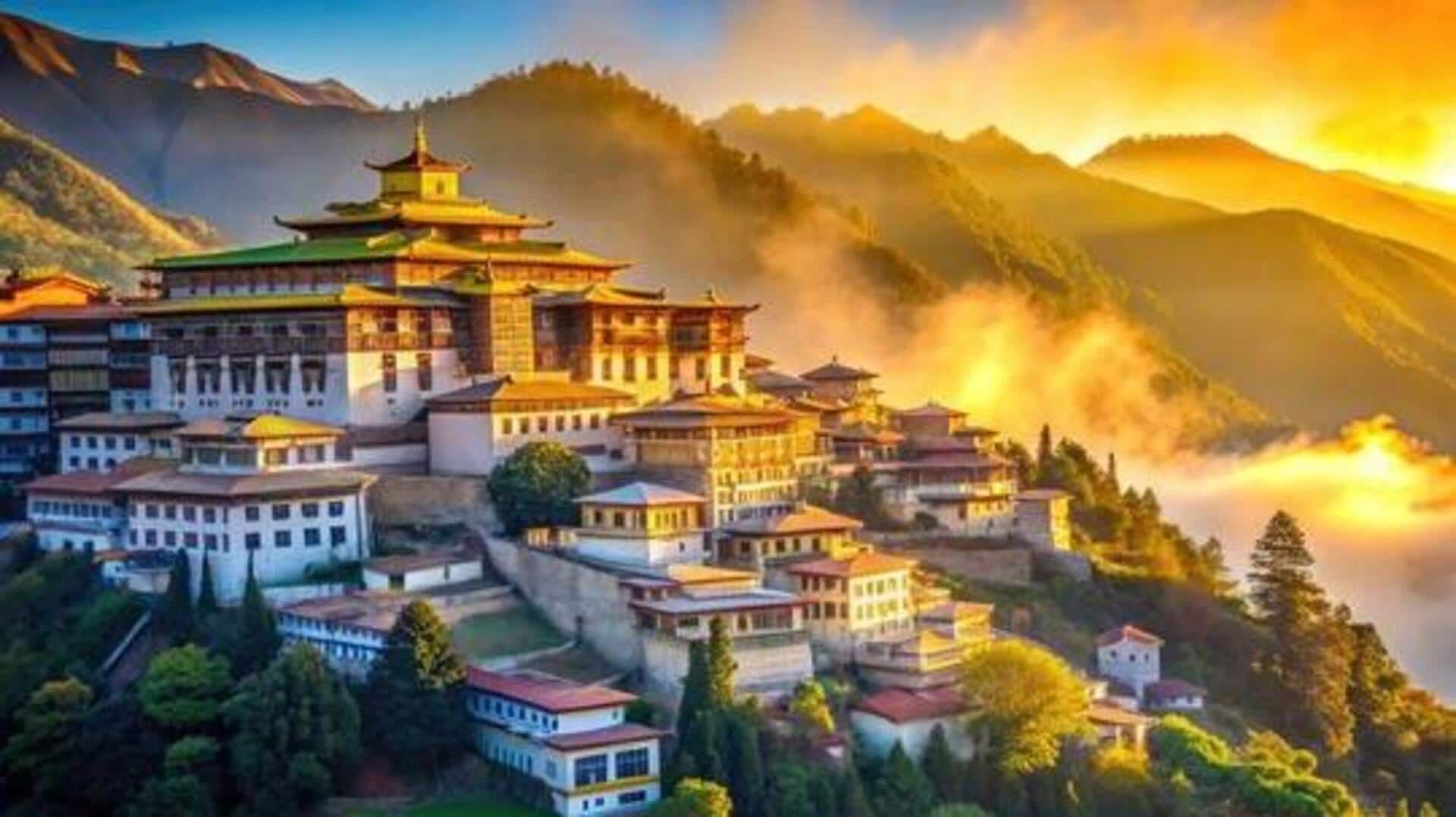
You must explore these monasteries in India
What's the story
India, with its rich cultural heritage and spiritual diversity, has several monasteries that serve as a peaceful retreat for solitude seekers. These hidden gems dot the country, offering an escape from the crazy city life. If you're the kind of traveler who loves tranquility and introspection, exploring these serene sanctuaries can be quite rewarding. Here are some lesser-known monasteries in India that promise peace and quietude.
#1
Tawang Monastery: A Himalayan retreat
Tawang Monastery in Arunachal Pradesh is one of the biggest monasteries in India. Set in the beautiful Himalayas, it provides amazing views and calmness. The monastery is home to more than 300 monks who practice traditional Buddhism. One can visit its expansive library of ancient scriptures and observe the daily rituals which have been intact for centuries.
#2
Rumtek Monastery: A spiritual haven
Located close to Gangtok in Sikkim, the famous site is known for its stunning architecture and spiritual significance. It is the seat of Karmapa Lama, one of the highest heads in Tibetan Buddhism. The complex houses a number of shrines and stupas, embellished with exquisite murals illustrating the teachings. The peaceful environment makes it an ideal place to meditate and introspect.
#3
Key Monastery: A remote sanctuary
Perched on a hill above the Spiti Valley in Himachal Pradesh, Key Monastery is an ancient marvel over a thousand years old. This remote sanctuary offers stunning views of snow-capped mountains and green valleys below. The monastery also houses priceless thangkas along with rare manuscripts that draw scholars from across the globe.
#4
Thiksey Monastery: An architectural wonder
Located near Leh in Ladakh region is a twelve-story complex, which has an uncanny resemblance to Tibet's Potala Palace. It has stunning architecture set against dramatic landscapes surrounding it at every turn. One can explore different temples within this sprawling structure while enjoying sweeping vistas across the Indus Valley below them, too.